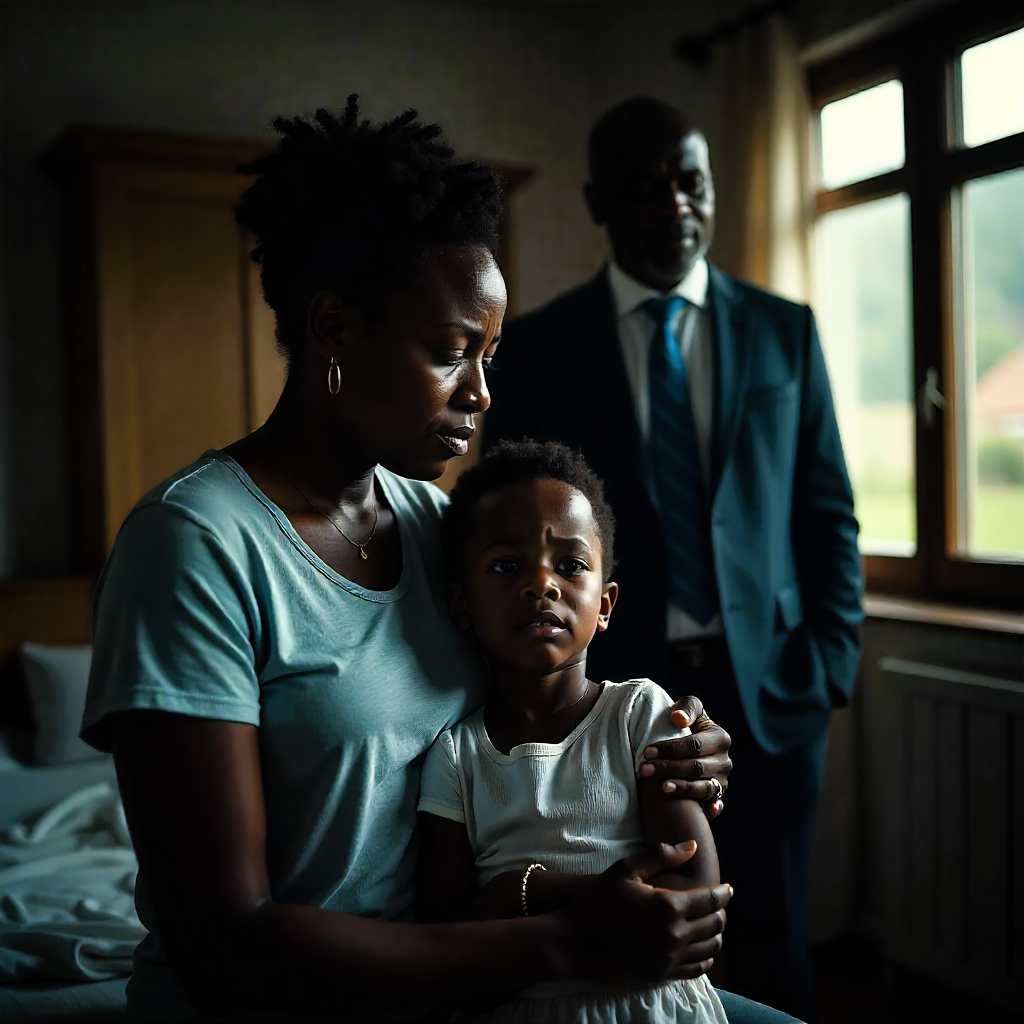How parental conflicts affect their children’s success

Photo: freepik
In life, conflict is inevitable. Misunderstandings can arise between individuals, organizations, or families. These conflicts can tear down even the strongest families or, if handled with maturity and reconciliation, strengthen them. However, when couples fight, it is often the children who suffer silently. These wounds are not always visible, but they manifest in children’s behavior, academic performance, and emotional well-being. What happens behind closed doors at home can shape a child’s entire life more than many people realize.
Parental conflict is not just a private matter. It quietly invades the emotional space of children and affects their ability to relate, learn, and thrive both at home and in school. According to developmental psychologists, exposure to frequent arguments, aggression, or even silent tension creates an emotionally unsafe environment, regardless of a child’s age. Let’s explore how this impact unfolds across different developmental stages.
Infants and toddlers (0–3 Years): The invisible imprint
Many assume that babies are too young to understand conflict. Yet their brains and emotional systems absorb everything in their surroundings. Frequent exposure to shouting or stress can lead to sleep disturbances, excessive crying, and clinginess. A child who doesn’t feel emotionally safe may struggle with early developmental milestones milestones that lay the foundation for future cognitive and emotional readiness.
Preschool to Early Primary (4–7 Years): The Age of Attachment
At this age, children are forming foundational ideas about safety, relationships, and trust. Exposure to ongoing parental conflict can result in anxiety, withdrawal, or aggressive behavior. Teachers may notice these children becoming unusually quiet, fearful, or disruptive. These behaviors are not merely disciplinary issues they are often emotional responses to instability at home. Children distracted by fear and insecurity cannot focus on learning or building healthy peer relationships.
Middle Childhood (8–12 Years): Learning Self-Worth
As children grow, they begin to assess their worth based on how they are treated by adults. Inconsistent or emotionally volatile home environments can lead to low self-esteem, rebellion, or overly compliant behavior. Academic performance may decline not because of a lack of ability, but because of internal emotional struggles. Sadly, some children begin to normalize dysfunction, carrying forward toxic relationship patterns they witness at home. They may also struggle to form friendships or become aggressive as a defense mechanism.
Adolescents (13–18 Years): Crisis or Coping?
Teenagers are navigating identity, independence, and belonging. A chaotic home environment can lead some to internalize distress, resulting in depression or anxiety, while others may act out through risky behavior, defiance, or substance use. In romantic relationships, they may unconsciously replicate the dysfunction they see at home. In school, these teens are often labeled as “problem students” when, in reality, they are victims of emotional trauma. The pain may surface as a loss of respect for authority including parents and teachers. They may also struggle academically and emotionally, often seeking escape from home when transitioning to higher education.
Don’t Ignore Young Adults (19–24 Years)
There is a common myth that adult children are unaffected by family conflict but this couldn’t be further from the truth. University students and young adults are at a vulnerable life stage, forming identities, careers, and relationships. Parental conflict or divorce at this point can destabilize them, trigger anxiety or depression, and disrupt their academic or professional focus.
Some may take on caregiver roles for younger siblings, or be forced to drop out of school due to emotional or financial instability. Others may grow cynical about marriage and family altogether. Emotional scars can deepen with age and awareness.
The role of schools and parents
Home is a child’s first classroom. Children draw emotional security, identity, and motivation from the environment at home. When that space is filled with tension or hostility, their brains shift into survival mode. This emotional stress hinders concentration, memory, and learning even among the brightest students.
Parents must take responsibility for creating emotionally safe environments. Conflict is part of life, but how it is managed makes all the difference. Arguments and disagreements should never play out in front of children. Instead, parents should model calm conflict resolution and prioritize stability.
Schools also play a crucial role. Teachers are often the first to notice behavioral or emotional shifts. While they can’t replace the role of stable parenting, schools can provide safe, nurturing spaces where students feel seen and supported. Teachers and administrators should collaborate with parents and use counselors or faith-based mentors to support a child’s well-being.
Final word
Education is not just about syllabi and report cards. It’s about shaping whole human beings. The silent wounds children carry are real and too often inflicted by the very people they trust most. If we want better learners, we must create better homes. Strong, loving, and emotionally stable families are the foundation for academic and personal success. Before blaming teachers or systems for poor performance or behavior, it’s time to reflect honestly on the home environment.
Dickson Tumuramye is the Executive Director of Hope Regeneration Africa, a parenting coach, marriage counselor, and founder of the Men of Purpose mentorship program.





